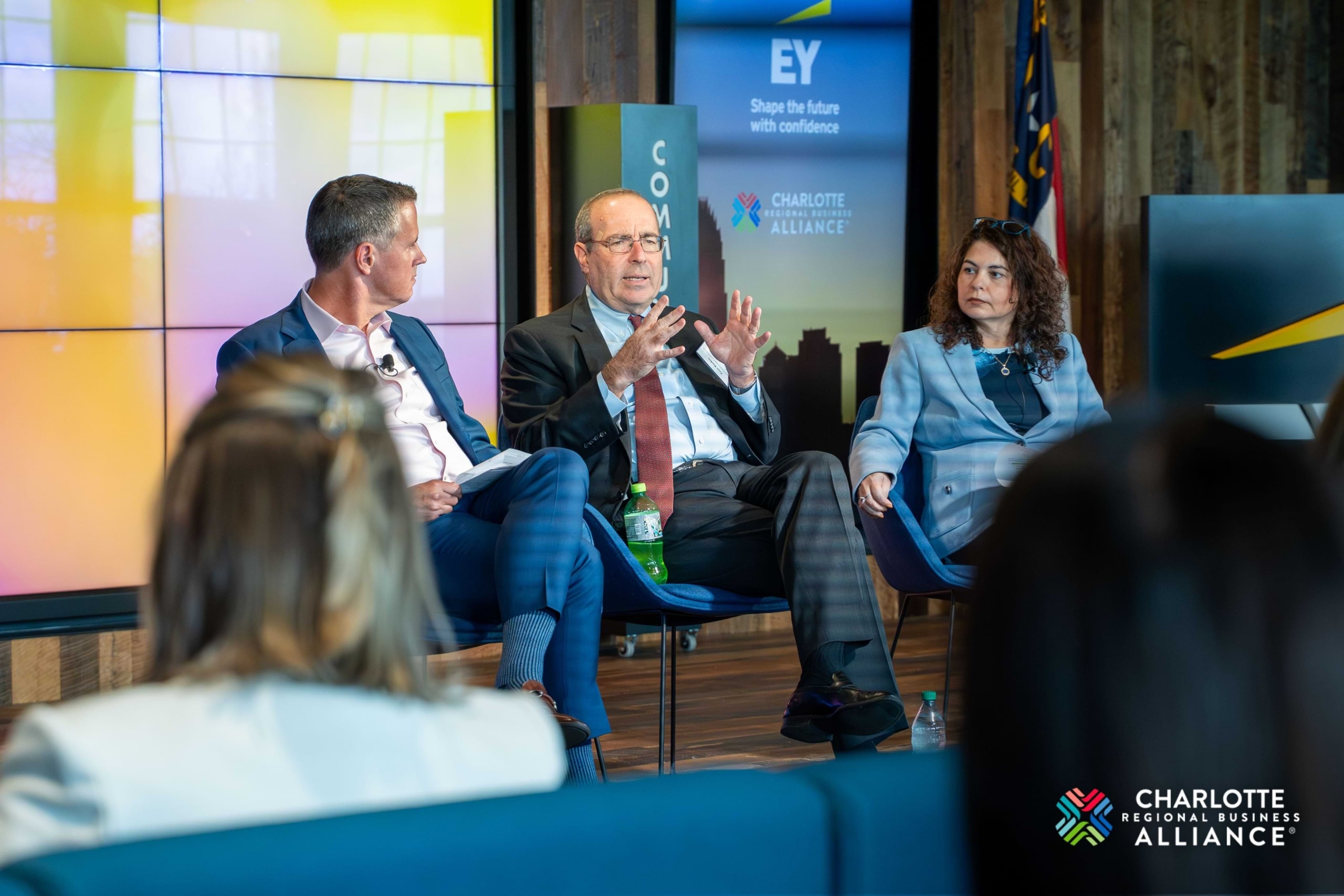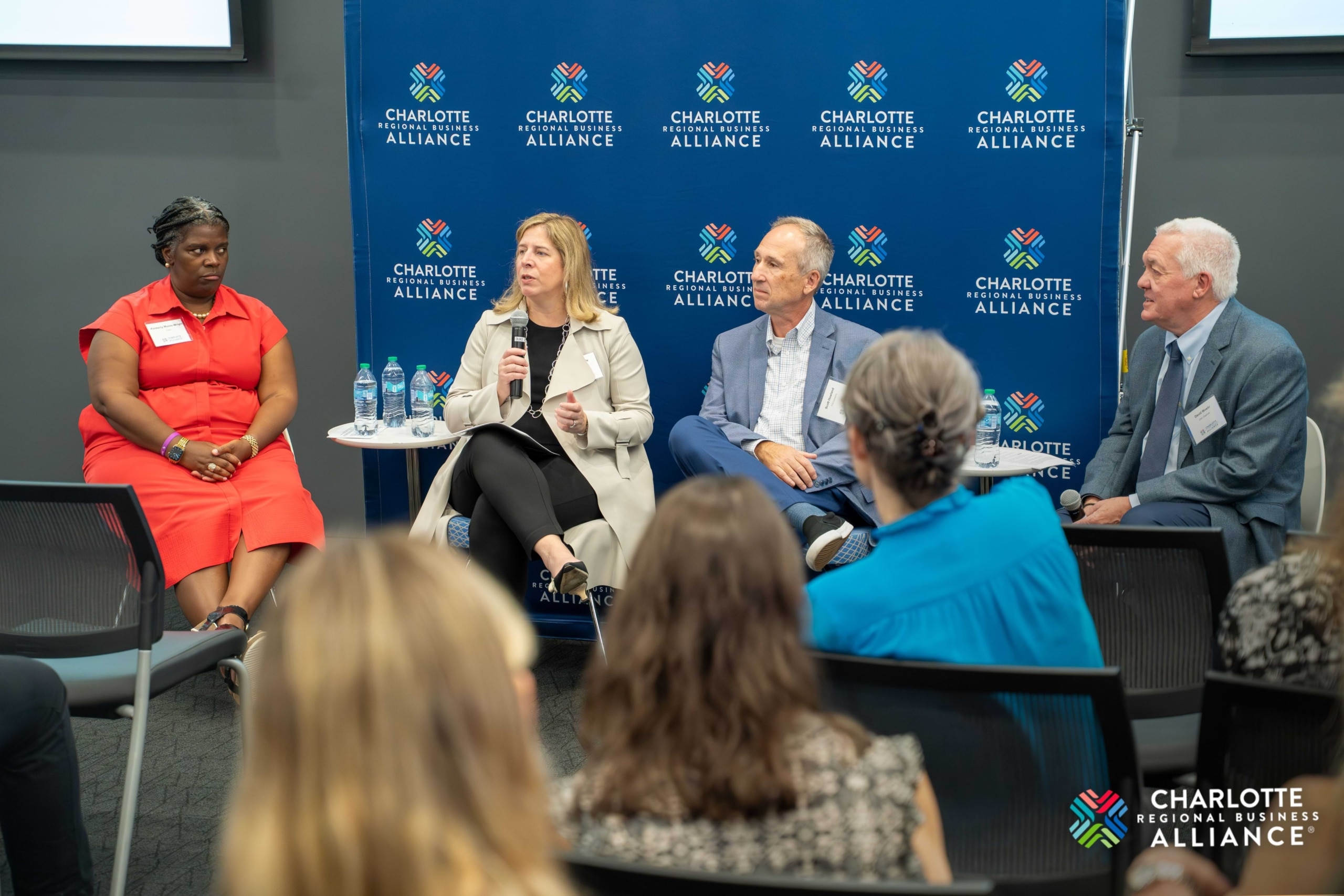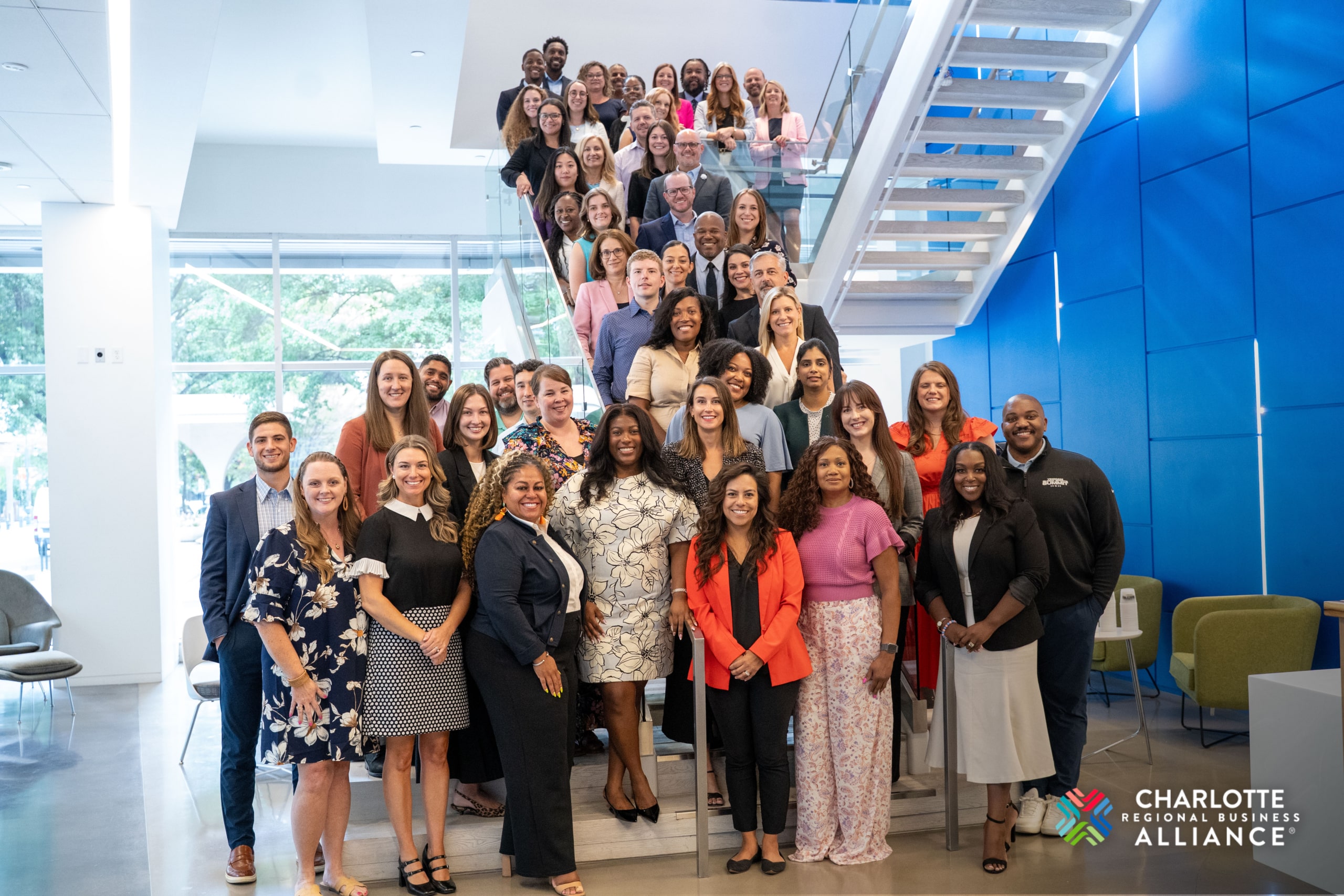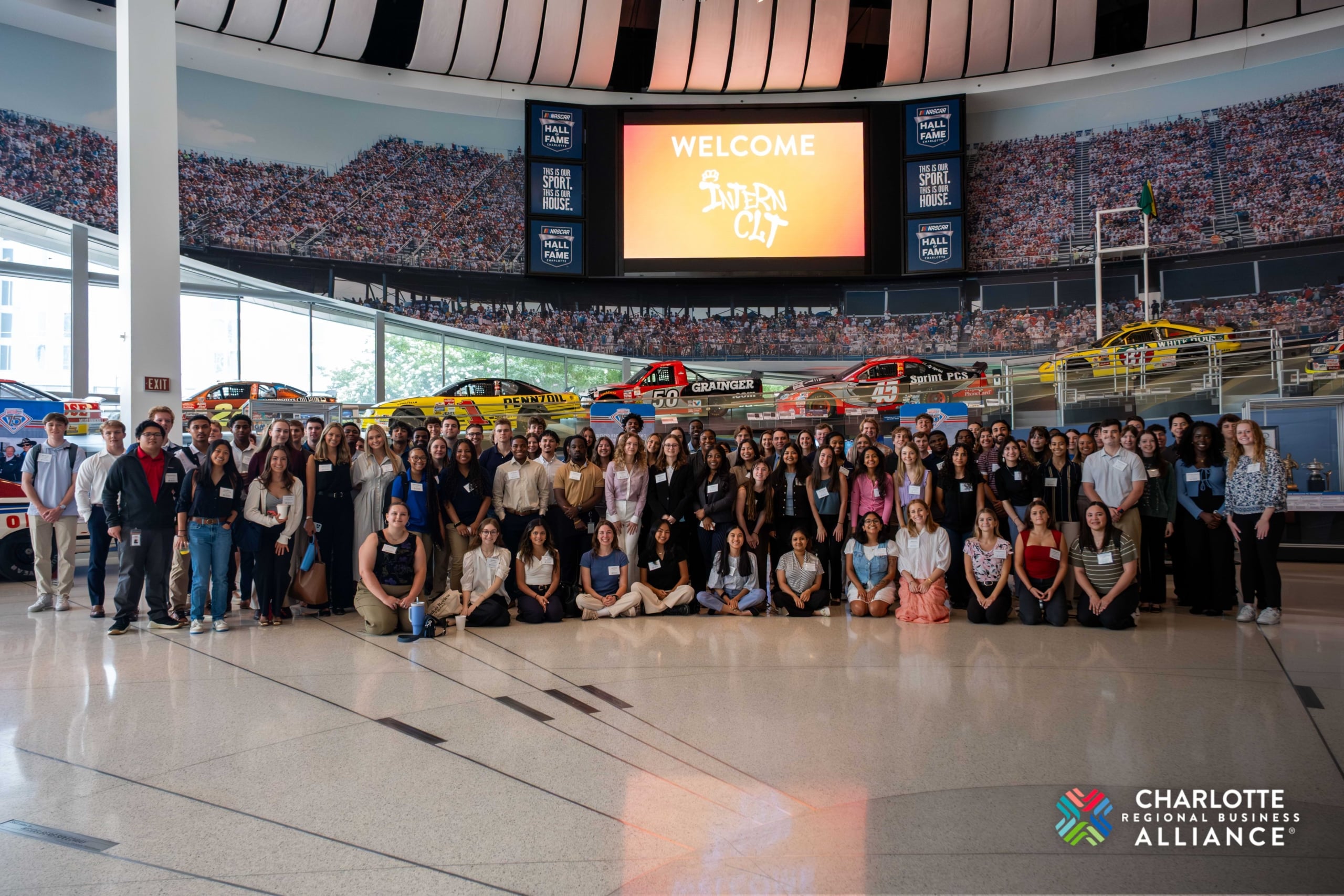Nearly 100 business leaders gathered Thursday at an event co-hosted by EY Charlotte and the Charlotte Regional Business Alliance to hear Tom Barkin, president and CEO of the Federal Reserve Bank of Richmond, share his perspective on the state of the economy.
In a lunch and fireside chat led by Michael J. O’Leary, managing partner of EY Charlotte, and April Francois, chief risk officer for the CFO Group and head of enterprise financial risk at Bank of America, Barkin discussed emerging trends, the challenges uncertainty brings, and how the Fed is responding.
One of his guiding principles?
“It’s really hard to do this job unless you listen and learn.”
Learning from history
The Fed’s job is to oversee all banks — a role steeped in history. Barkin noted that it’s easy to look at today’s data and make a quick judgment, but pairing numbers with historical context reveals real trends.
“Nobody makes the same mistakes twice in a row,” Barkin said. “They make them twice, but not twice in a row.”
He draws a similar lesson from recessions, which he said tend to occur every eight or nine years — about the time it takes for new leaders to change course from their predecessors, starting the cycle again.
The Fed and interest rates
While most people know the Fed for setting interest rates, Barkin emphasized its broader role. The Fed doesn’t have a mandate to keep inflation down, he said, but it must act when inflation is high and unemployment is low — usually by raising rates. Conversely, if inflation is low and unemployment is high, rates should be lowered.
If both are low, “that’s a job well done,” Barkin said — and rare. Sometimes, he added, economic forces rebalance naturally: high unemployment can cool inflation by lowering demand.

Navigating the fog
Government data like job numbers and layoff notices are well-collected, but often lag behind reality and are revised multiple times. That’s why the Fed also seeks real-time indicators, such as Bank of America’s credit card spending data or current jobless claims, to identify emerging trends.
Right now, Barkin is watching two pieces of data in particular: hiring rates — the lowest in 27 years — and low firing rates. He also flagged a potential risk.
“There’s a lot of risk that this tariff cost pressure is going to lead to price pressure – inflation.”
To describe the business climate, Barkin used a metaphor: “It’s really hard to drive when it’s foggy.”
In uncertain times, he said, companies don’t want to speed ahead or slam on the brakes — they pause and proceed cautiously.
Spending vs. sentiment
Consumer spending and sentiment are linked but can tell different stories. During the pandemic, for example, sentiment was low but spending remained high. This spring, sentiment hit all-time lows, and spending in the first half of 2025 was weaker — likely a sign of caution.

Recently, sentiment has rebounded, and Barkin wonders if spending will follow. Wealthy consumers are still spending, he said, but lower-wage workers are “trading down” — choosing chicken over steak, store brands over name brands, or staycations over vacations.
Current events and housing
Asked about the “One Big Beautiful Bill,” Barkin said its impact depends on the industry: health care is concerned, consumer products are encouraged, industrial firms like bonus depreciation, and many in clean energy are unhappy.
On interest rates, Barkin said today’s levels are historically normal, and ultra-low mortgage rates of the early 2000s aren’t coming back. The real challenge, he said, is housing supply. The U.S. underbuilt for 15 years after the Great Recession, and pandemic-era demand drove prices higher. Rate hikes cooled price growth but didn’t add supply.
“The answer here is build more houses,” Barkin said, adding that demand isn’t likely to drop anytime soon.
Looking ahead
When polled, 88% of Thursday’s attendees said their organizations are using AI to improve efficiency, especially in call centers and coding. Sixty-four percent expect the U.S. economy to grow moderately over the next year — a result Barkin called “very consistent” with his own view.
With consumer spending making up 70% of the economy, Barkin said the resilience of shoppers continues to surprise him.
“For the past two to three years, the world has been predicting a recession… But I don’t know. Consumers keep spending,” he said.



